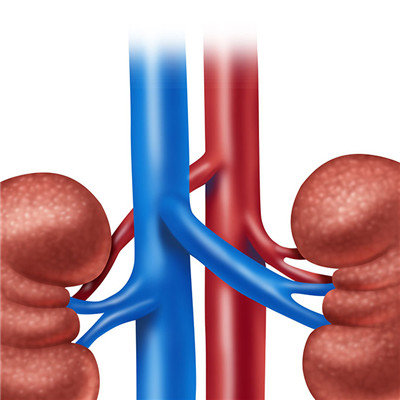Symptoms of Toxoplasma gondii infection in 4-year-old children
summary
The 4-year-old boy had a high fever and was unable to walk with his head tilted and eyes tilted. It turned out that Toxoplasma gondii had invaded his brain! Recently, Xiao Huan, who lives in Rubu village, Yetan Town, Heyuan City, Guangdong Province, was in a coma and is in critical condition. Doctors involved in the rescue of Xiaohuan reminded the public to eat less raw food and contact less cats and dogs to prevent the disease. Let's talk about the symptoms of Toxoplasma gondii infection in 4-year-old children.
Symptoms of Toxoplasma gondii infection in 4-year-old children
There are congenital and acquired toxoplasmosis. Congenital toxoplasmosis occurs only in first trimester women and spreads through placental blood flow. Most of the infected fetuses or infants showed recessive infection, and some of them developed symptoms several months or even years after birth; It can also cause abortion, premature delivery, teratogenesis or stillbirth, especially infection in early pregnancy. According to research, the mortality rate of infants with symptoms or deformities at birth is 12%, while 80% of the survivors have mental development disorders and 50% have visual impairment. Hydrocephalus, cerebral calcification, retinal choroiditis and mental and motor disorders are typical symptoms of congenital toxoplasmosis. In addition, it can be accompanied by systemic manifestations, such as fever, rash, vomiting, diarrhea, jaundice, hepatosplenomegaly, anemia, myocarditis, epilepsy, etc. Fusion pneumonia is a common cause of death.

Most of them are caused by acute toxoplasmosis (often asymptomatic) during pregnancy. The risk of fetal infection is related to the presence or absence of symptoms in pregnant women. Prospective studies have shown that the incidence and severity of congenital infection are related to the time of infection in pregnant women: pregnant women infected with toxoplasmosis in early pregnancy, if they do not receive treatment, can cause 10% - 25% congenital infection, leading to spontaneous abortion, stillbirth, premature delivery and severe infection of newborn; Pregnant women with infection in the second and later stages of pregnancy can cause 30% - 50% (72% - 79% of them are asymptomatic) and 60% - 65% (89% - 100% of them are asymptomatic) fetal infection respectively. If the infected pregnant women can receive treatment, the incidence of congenital infection can be reduced by about 60%.

Acquired toxoplasmosis may present different clinical manifestations due to the site of invasion and body reactivity. Therefore, it has no specific symptoms and should be differentiated from related diseases. Most of the patients are related to their occupation, lifestyle and eating habits. Lymphadenopathy is the most common clinical type of acquired toxoplasmosis, which is more common in submandibular and posterior cervical lymph nodes. Secondly, Toxoplasma often affects the brain and eyes, causing abnormal manifestations of the central nervous system. In patients with low immune function, it is often manifested as encephalitis, meningoencephalitis, epilepsy and mental disorders. The main characteristics of Toxoplasma gondii ophthalmopathy are retinitis and choroiditis. In adults, the visual acuity suddenly decreases. In infants and young children, eye grabbing is visible, and they are slow to respond to external things. Strabismus, iridocyclitis, and uveitis also occur. Bilateral lesions are common. Visual impairment is often accompanied by systemic reactions or multiple organ lesions.

matters needing attention
1. Prevention period: 1. Livestock and poultry should be kept indoors. ② Feed thoroughly cooked food. ③ Don't let domestic animals and poultry hunt outside. Because the main source of infection of pets is eating infected mice or birds, or eating food contaminated with feces. ④ Women should avoid contact with cat faeces. ⑤ During pregnancy, other family members should clean their pets in time. ⑥ Do a good job of domestic animal health. ⑦ Timely do a good job in vivo and in vitro deworming and related immunity of domestic animals and poultry. 2. At present, we should start from the diet and change people's concept. The infection rate of Toxoplasma gondii in animal food is very high. Although cooked food will also be infected as usual, we can not do without animal food. ① Don't eat raw eggs or undercooked meat. ② The cutting board and knife for raw meat and viscera should be separated from those for cooked meat, vegetables and fruits. ③ When buying animal food, we should pay attention to the selection, and choose safe and hygienic food. ④ The consumption of animal food and related by-products should be controlled. It is better not to eat animal food every day. 3. The surface of vegetables and fruits may be polluted by the cysts in the soil, so it is necessary to clean them before eating. 4. Develop good health habits, wash hands before and after meals, and handle menstrual blood and sperm well.















